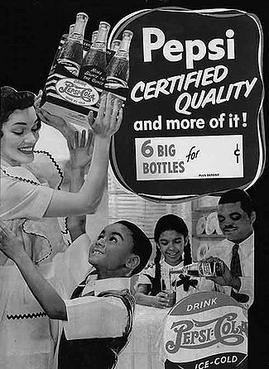Many books on current events are outdated by the time they go into print. Lee’s The Coming Revolution is one of them. What might have been a dozen short blog posts has been stretched into 200 pages of some of the most unoriginal thoughts ever written. Lee is a product of the Cold War, evident by his anti-communist paranoia. He’d have kids today believe that the “Marxism” (he means Stalinist communism) and the “Soviet Union” (no, I’m not kidding) are the greatest threats to America’s future. And he wants to fight them by praising America’s better days.
The Coming Revolution: Signs from America’s Past That Signal Out Nation’s Future is not the take-action book it claims to be. Lee spends about 80% of the book gushing over America’s grand narrative, covering no more than any of my grade school textbooks. He never misses an opportunity to brag about his role in bringing on the current Second Revolution, yet if anything, recent events proves just what a poor prophet he is.
The question running through my mind is, why was this book even written? (Well, I’m also wondering why I volunteered to review it.) Lee is an avid opponent of violent revolution, something that he even tries to write out of America’s revolutionary history. He connects that response with anarchism, socialism, and the Occupy Wall Street movement. Instead, he promotes a peaceful overthrow of the old order and installation of a new one…by angry people, no less. As a self-proclaimed leader of the Second Revolution, he can only advise his readers to continue to do exactly what they’ve done all their lives: vote, hold leaders accountable, and stay politically engaged – things that haven’t brought significant changes in the long run. If Lee wants to be a leader of his new revolution, he needs to offer new strategies before he’s replaced or loses the war.
 A copy of this book was provided by BookSneeze free of charge for review on this blog.
A copy of this book was provided by BookSneeze free of charge for review on this blog.











